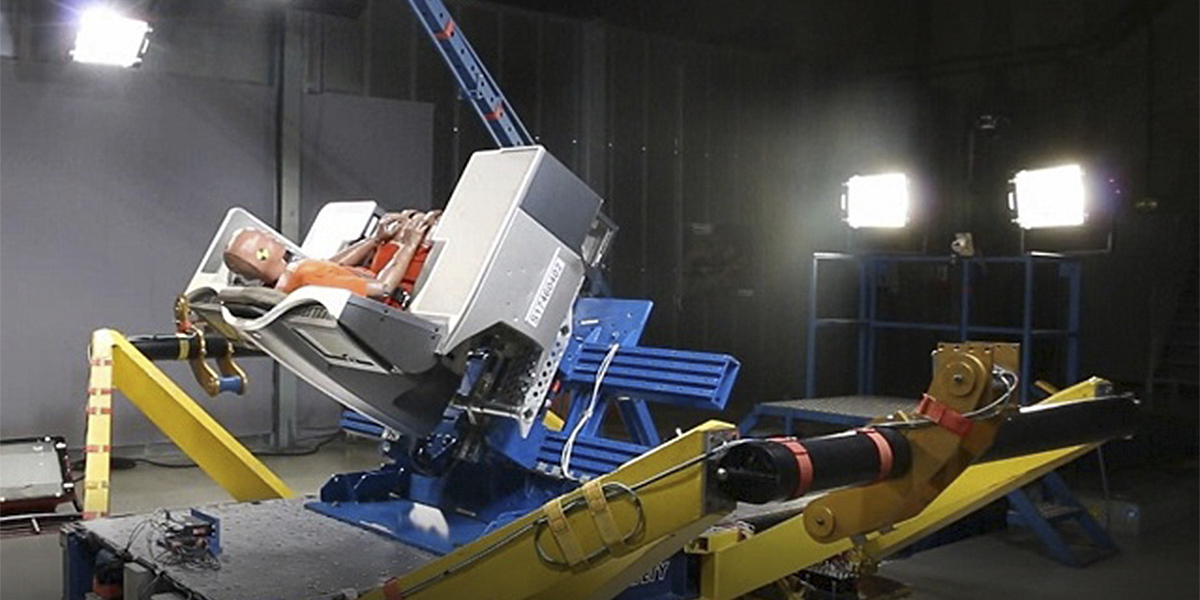ASTM D471 Rubber Materials Chemical Resistance Passive Safety Testing
The ASTM D471 standard is a critical tool in ensuring that rubber materials used in passive safety systems are chemically resistant to a wide range of solvents, oils, and other chemicals. This testing is essential for the automotive industry as it helps prevent failures during vehicle operation which could lead to severe accidents.
The test involves exposing rubber specimens to various chemical agents under controlled conditions over time. The primary objective is to observe any changes in physical properties such as hardness, tensile strength, and elongation at break. This testing ensures that the rubber components maintain their integrity and performance throughout the vehicle's lifecycle.
During the test, samples are immersed or exposed to different chemical substances for a specified duration. The specimens are then evaluated based on visual inspection, dimensional changes, and mechanical property tests. Compliance with ASTM D471 helps manufacturers ensure that rubber components meet the required performance standards in harsh environmental conditions.
The automotive sector relies heavily on passive safety systems like airbags, seat belts, and bumpers to protect occupants during a crash. These components must withstand exposure to various chemicals present in the vehicle's interior and exterior environments. Testing according to ASTM D471 ensures that rubber materials used in these systems are chemically stable and reliable.
Understanding the chemical resistance of rubber is vital for automotive manufacturers as it directly impacts the safety and longevity of passive safety components. This testing helps identify potential issues early in the development process, allowing for necessary modifications to prevent future problems.
The ASTM D471 standard provides a standardized approach to evaluating the chemical resistance of rubber materials. Compliance with this standard ensures that rubber components are reliable and can perform their intended function under various environmental conditions. This testing is particularly important in the automotive sector, where even minor failures could have severe consequences.
| Standard | Description |
|---|---|
| ASTM D471-23e1 | This standard specifies the test methods for determining the resistance of rubber to the effects of petroleum products, oils, greases, fuels, solvents, acids, and bases. |
Why It Matters
The importance of ASTM D471 testing cannot be overstated. Rubber materials used in passive safety systems are exposed to various chemicals over time, which can lead to degradation and failure. By conducting this test, manufacturers can ensure that the rubber components remain chemically stable and reliable throughout their service life.
- Reduces the risk of component failures during vehicle operation
- Ensures compliance with industry standards and regulations
- Improves product quality and enhances customer satisfaction
- Promotes longer-lasting products, reducing maintenance costs





